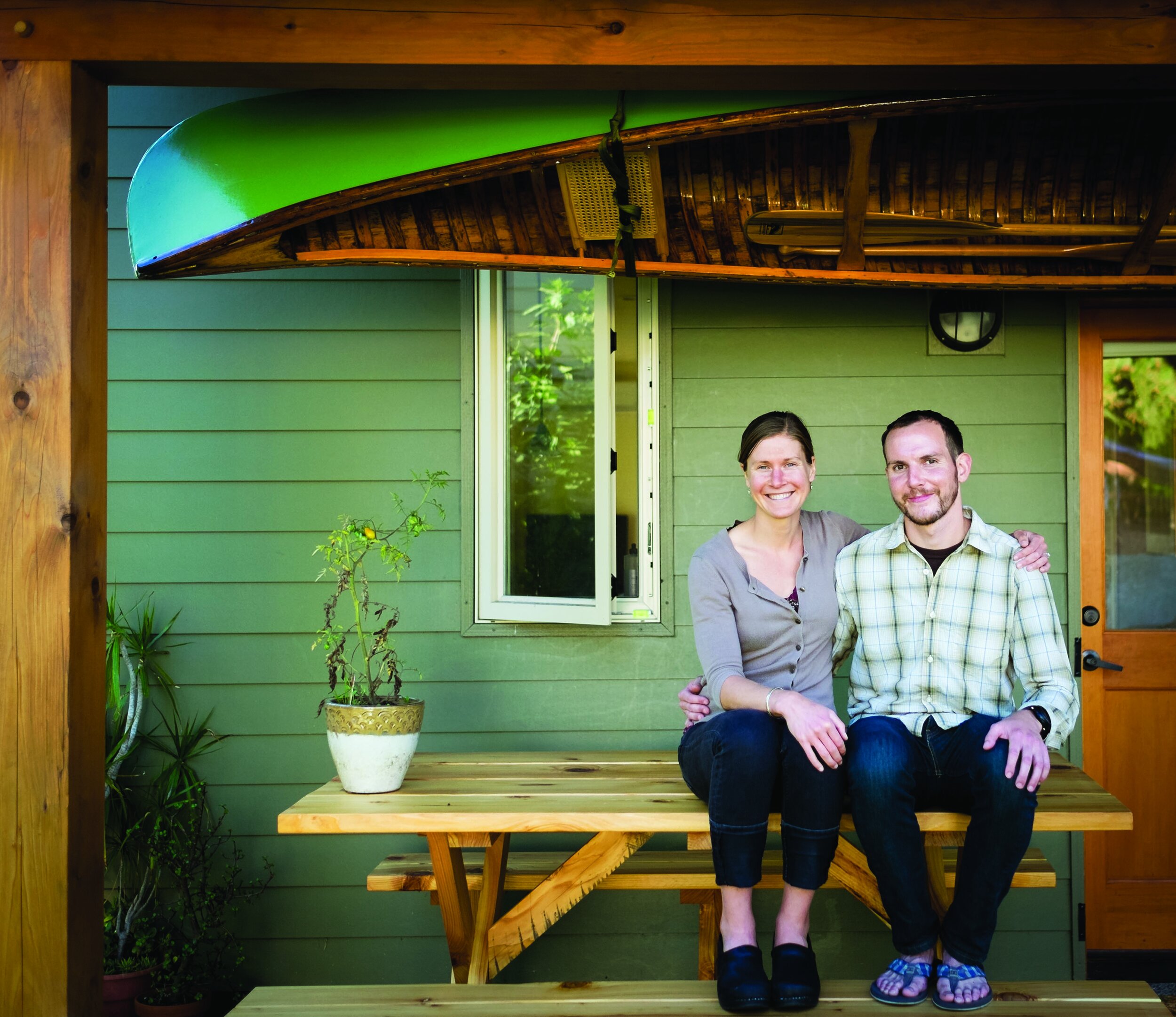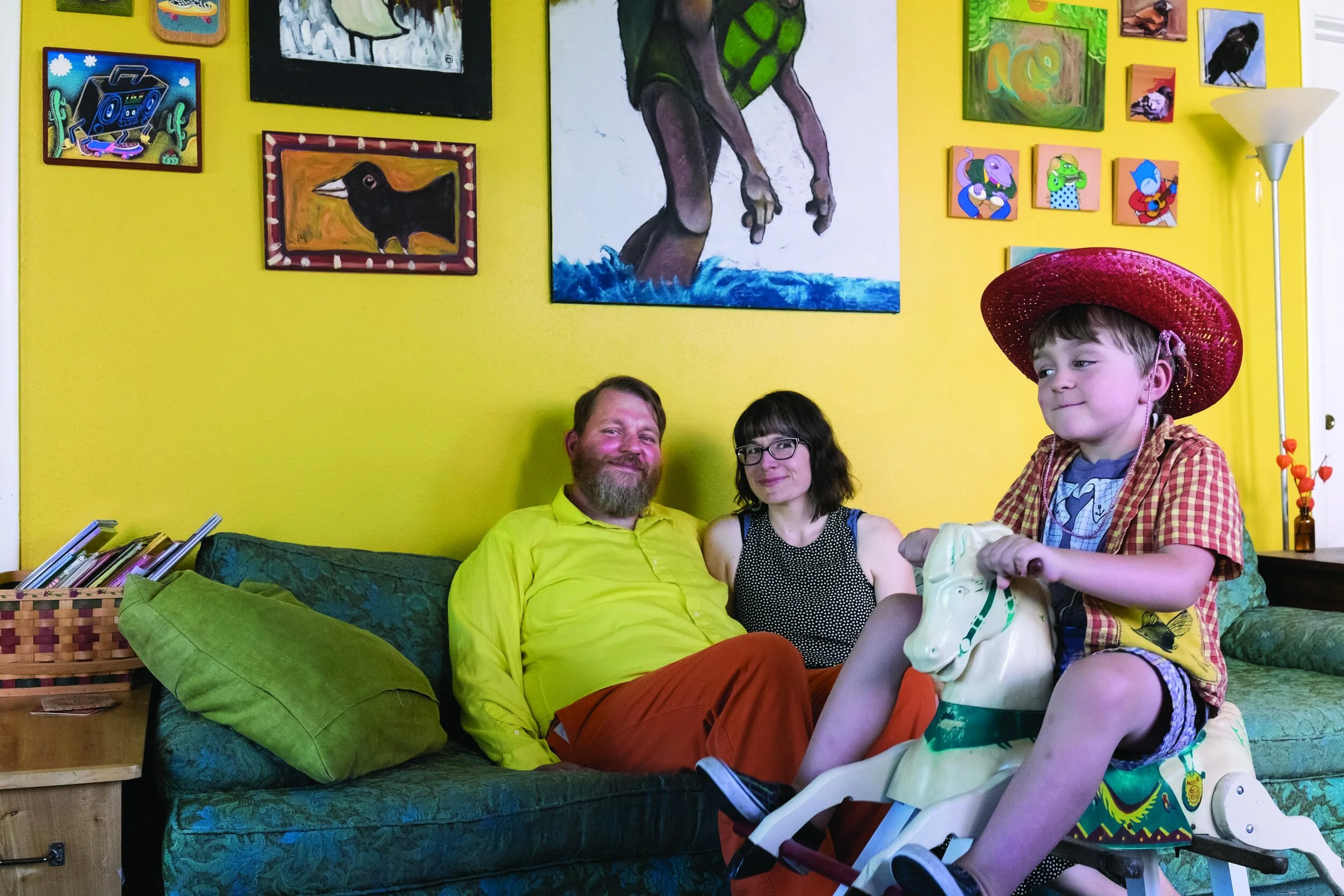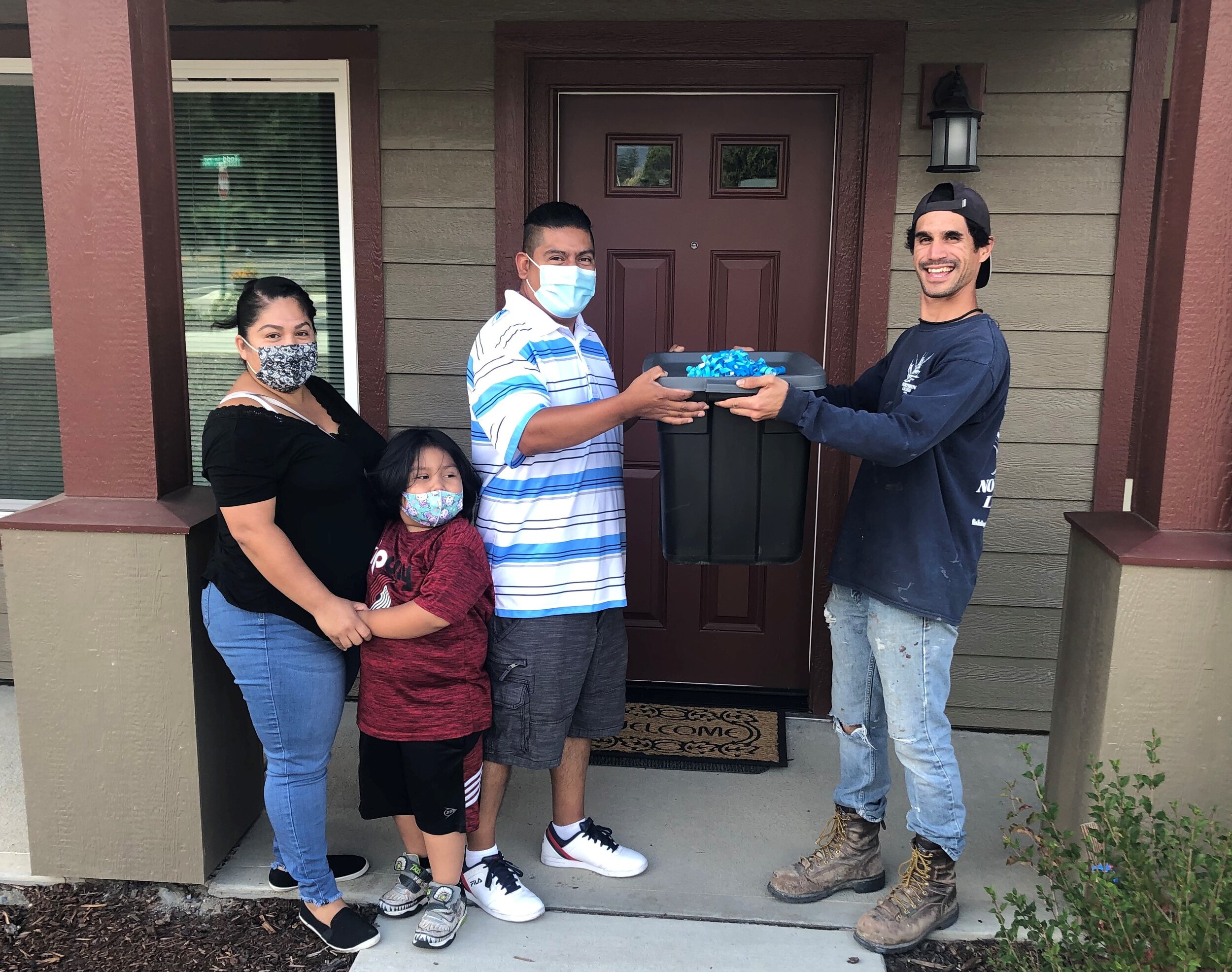
Do I Qualify?
Eligibility for the KulshanCLT program is determined by income, debt, ability to get a mortgage and more.
We encourage you to apply even if you do not meet all the following guidelines yet, as we prioritize on a first-come, first-served basis with an average wait time of about 2 years.
Basics
First-time homebuyer:
You must be a first-time homebuyer. You cannot currently own a home and cannot have owned a home for at least three years. There are a few limited exceptions to this rule, which you can find in our Homebuyer Eligibility Policy.
Primary residence:
Your KulshanCLT home must become your primary residence, meaning you must occupy the home at least nine months of each year.
Income & Employment
Maximum household income:
Your total gross household income should be at or below 80% of the area median income (AMI) adjusted for household size. Household size is based on the number of full-time household occupants regardless of age and income. Children who reside in the home at least 50% of the time are considered household members. Check out the income eligibility table below to see where you fall.
Minimum household income:
You must have sufficient income to support your estimated home payments and other monthly debt obligations. KulshanCLT staff will review your monthly income and your monthly debts, including credit cards, student loans, car loans, personal loans, and other revolving loan payments. We then project what your monthly home payments will be on a KulshanCLT home and add those to your total monthly debts. Your resulting total monthly debts, including housing payments, cannot be more than 45% of your gross monthly income.
Your housing payment alone (principal, interest, property taxes, homeowner’s insurance, any HOA/condo dues, and other fees), cannot be more than 35% of your gross monthly income. KulshanCLT staff will guide you through how we make these calculations during the application process.
Income Eligibility Table
| People living in household at the time of purchase: | Maximum yearly gross household income (before taxes): | Maximum monthly gross household income: |
|---|---|---|
| 1 | $60,700 | $5,058 |
| 2 | $69,400 | $5,783 |
| 3 | $78,050 | $6,504 |
| 4 | $86,700 | $7,225 |
| 5 | $93,650 | $7,804 |
| 6 | $100,600 | $8,383 |
| 7 | $107,550 | $8,963 |
| 8 | $114,450 | $9,538 |
Ability to Get a Mortgage
You must be able to get a pre-approval letter for a 30-year, fixed rate mortgage from one of KulshanCLT’s lending partners for the home you choose. In general, this means you must have good credit (generally a minimum credit score of 620, sometimes higher, depending on the loan product) with no significant delinquencies and no recent bankruptcies. (For bankruptcies, a four-year waiting period is required, measured from the discharge or dismissal date of the bankruptcy action.). Additionally, you must have limited outstanding debt obligations in relation to your household income, and a steady employment or income history.
Assets
You must use any liquid assets you own exceeding $20,000 toward your home purchase. Assets include all savings and checking accounts, investments, land, manufactured homes, recreational vehicles, boats or similar items. They don’t include household possessions, cars, tools, IRAs, retirement accounts, pensions, or other investments that would have a penalty for withdrawing the money early.
Personal Funds Requirement
At closing, you must be able to contribute from your own money 1% of the home’s purchase price, or $2,500, whichever is greater. You will also be required to pay for your closing costs, either with cash at closing or by financing them through your mortgage. Your lender can give you an accurate estimate of closing costs. Please know that if you finance your closing costs you will owe more than what you can sell your home for until you've paid down your principal more than the amount you borrowed (plus any interest accrued) to cover your closing costs.
Understanding of CLT Model
Community land trust homeownership is similar to market rate homeownership in many ways but different in very important ways. We will work with you to explain the unique aspects and goals of our program.
Read our Policy:

“In this market, as a single human, there was no other way I could have gotten into homeownership.”
— KulshanCLT Homeowner































